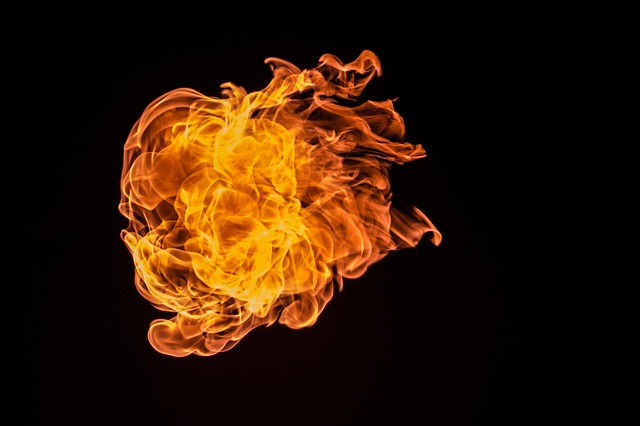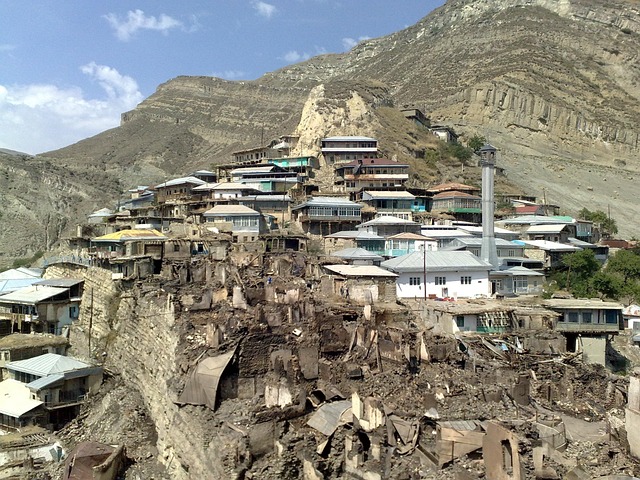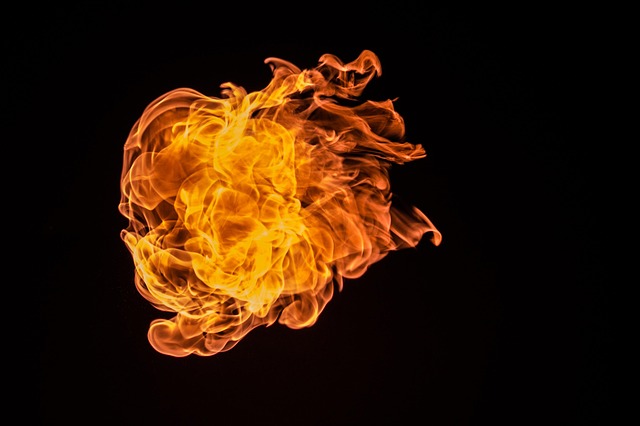In California, strict disclosure laws mandate that sellers of fire-damaged properties reveal all material defects and past fires (California Civil Code § 1102). This includes structural issues, environmental hazards, and evidence of previous fires beyond visible charring. Non-compliance can lead to legal troubles. Sellers must detail repairs, code compliance, and residual risks. Buyers should thoroughly assess the property's history and safety through inspections and historical records. Both parties have specific obligations to ensure transparency and protect rights when selling or purchasing fire-damaged homes in California.
“In California, real estate transactions are governed by stringent disclosure laws, particularly when it comes to fire-damaged properties. This comprehensive guide explores the legal intricacies of these regulations from a seller’s perspective and empowers buyers with knowledge about their rights. We delve into what constitutes fire damage, the specific disclosures required by sellers, and the due diligence needed when purchasing a fire-affected home in California. Understand the steps involved to ensure transparency and make informed decisions.”
- Understanding California's Disclosure Laws: A Legal Perspective
- What Constitutes Fire Damage? Legal Definition and Implications
- Sellers' Obligations: Required Disclosures for Fire-Damaged Properties
- Buying a Fire-Damaged Home: Rights, Protections, and Due Diligence
Understanding California's Disclosure Laws: A Legal Perspective

In California, real estate disclosure laws play a crucial role in ensuring transparency and protecting buyers’ interests, especially when it comes to selling fire-damaged properties. These laws mandate that sellers disclose any known material defects or damage to potential purchasers, including structural issues, environmental hazards, or previous fires. Failure to do so can lead to legal repercussions for the seller under California Civil Code § 1102.
When a property has been affected by a fire, it’s essential to understand the legal obligations surrounding its sale. Sellers must provide detailed information about the extent of the damage, any repairs carried out, and potential residual risks associated with living in such a property. This includes disclosing whether the building meets local safety codes and if any structural integrity issues remain post-fire restoration efforts. Buyers can then make informed decisions, considering both the financial aspects and potential health implications of purchasing a fire-damaged home.
What Constitutes Fire Damage? Legal Definition and Implications

In California, when it comes to selling fire-damaged property, understanding what constitutes fire damage is crucial for both sellers and buyers. Fire damage extends beyond charred walls and melted furniture; it encompasses a range of issues that can impact a property’s structural integrity, safety, and value. Legally, any evidence of past or ongoing fire hazards, such as damaged or missing insulation, compromised building codes, or lingering smoke and soot residue, falls under the category of fire damage.
Implications for selling fire-damaged property in California are significant. Sellers must disclose any known fire damage to potential buyers, providing detailed information about the extent and nature of the damage. Failure to do so can lead to legal repercussions and even financial penalties. For buyers, thoroughly assessing the property’s history and addressing any safety concerns before purchasing is essential. This includes evaluating repairs made post-fire to ensure they meet current building standards and regulations.
Sellers' Obligations: Required Disclosures for Fire-Damaged Properties

When selling a fire-damaged property in California, sellers have specific legal obligations to disclose certain information to potential buyers. These requirements are outlined in the state’s real estate disclosure laws, designed to ensure transparency and protect homebuyers. Sellers must inform buyers about any known damage or defects related to fires, including the date of the incident, the extent of the damage, and whether professional repairs were conducted. This includes revealing details about structural issues, such as damaged walls, floors, or roofs, as well as potential hazards like asbestos or lead paint exposure.
California law demands sellers provide a comprehensive disclosure form, detailing all relevant fire-related information. This form should accurately describe the circumstances surrounding the fire damage and any subsequent repairs or renovations. Sellers cannot hide or misrepresent this data, as it could significantly impact a buyer’s decision and potentially lead to legal repercussions. Buyers have the right to know the full scope of what they’re purchasing, especially when dealing with properties that have undergone significant alterations due to fires.
Buying a Fire-Damaged Home: Rights, Protections, and Due Diligence

When considering buying a fire-damaged home in California, understanding your rights and the applicable disclosure laws is crucial. In the state, sellers are legally obligated to disclose any known material defects, including those related to structural issues, mold, or previous damage like fires. This includes providing information about the extent of the fire, the year it occurred, and any repairs or renovations undertaken since. Failure to do so can lead to legal repercussions for the seller.
Buyers should exercise due diligence by thoroughly inspecting the property and obtaining a comprehensive home inspection report. If a fire has damaged the structure, they should look for signs of proper reconstruction, ensuring that the repairs meet local building codes. Additionally, buyers have the right to request historical records, such as insurance claims or permits for renovation work, which can provide valuable insights into the property’s history and potential lingering issues related to the fire damage.
In California, understanding real estate disclosure laws, especially regarding fire damage, is paramount for both sellers and buyers. This article has provided insights into the legal definitions, implications, and obligations surrounding fire-damaged properties in the state. For those looking to sell or purchase such homes, it’s crucial to know your rights and responsibilities. By adhering to these guidelines, buyers can ensure a transparent process while sellers can mitigate potential issues. When selling a fire-damaged property in California, comprehending these regulations is key to a successful and legally sound transaction.






